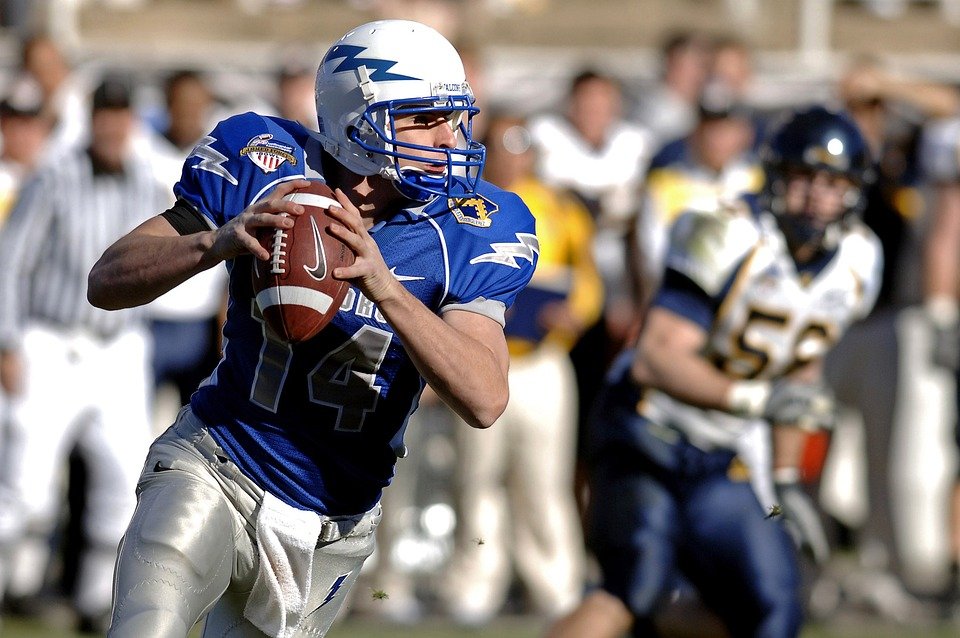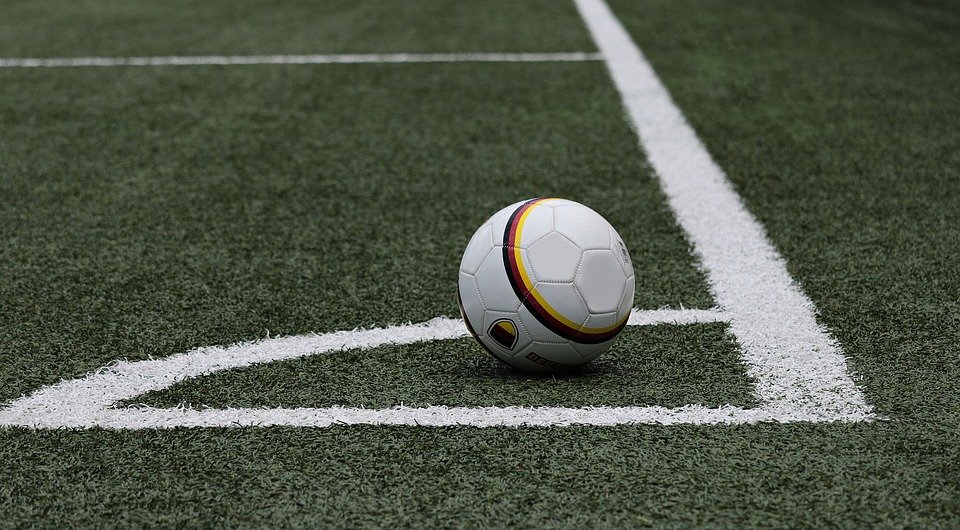Fantasy football tips for playing fantasy football like a pro

The best way to learn any topic is to experience it firsthand. No amount of cheat sheets, checklists, tips from friends, or new ideas can replace the wisdom that comes with years of experience.
The good news is that it is possible to glean some knowledge from those who have been there before. Our flag is built by standing on the shoulders of giants, and our games are the same.
Here are some tips every fantasy football pro learns through their experience.
1. Understand what kind of league you’re in.
League type is a factor in player value. Brandon Cox is a prime example; Chefs was a great rebounder in the leagues last year, but nothing more than a sleeper option in the leagues until this year. After gaining some experience, he is expected to be a potential stud.
2. Know the rules for your league roster.
Sure, it would have been great to have Marshawn Lynch, DeMarco Murray, and Lysin McCoy as your first three picks, but if the starting lineup can only include two running backs, you’re going to waste a lot of points while another center suffers. A professional always has a complete menu plan in mind.
3. Picks vary based on scoring system.
Having a great quarterback is great, but most leagues underestimate their scoring ability by decreasing the number of points earned from passing statistics. Aaron Rodgers deserves a high draft pick with six points per TD and one point per 20 passing yards. Four per TD and one point per 30? Not much.
The most common example is PPR (Points Per Reception). Wide receivers gain value, and the frequent running back arrangement gets mixed up. Matt Forte is a mid-to-low RB1 in traditional scoring, but in a league that uses PPR, he’s a stud. One point per reception adds 100 points to the total in 2014 alone.
4. Safer Draft Picks Early.
Not every “safe” player can play the season, but it is possible to reduce the stakes. Every early player is a great player. Aside from last year, casting Adrian Peterson over Darren “Glass Man” McFadden was a no-brainer for any pro. Early picks are the cornerstone of a team, and picking an injury or legal risk in the first round isn’t necessary.
5. Draft for boarding after set starters and subs.
Getting a good starting halfback as a second or third backup wide receiver might sound like a great idea, but it’s a bad idea. Players can and will be relegated during the season. Most importantly, players can and will continue to appear in a given year. Arian Foster the year he broke out, Kelvin Benjamin last year, and Alfred Blue and Davante Adams this year are great examples of “sleepers” – players who have surprised most owners and delivered the best fantasy results. A league champion will probably have one or two players no one expected, and unless a league uses a 20-man roster replacement to cover subsequent weeks and injuries will be readily available.
6. Never draft a kicker or defense early.
Every rule has exceptions, but think about the previous tip. Getting an advanced pitcher or defenseman requires a pick somewhere in the eighth through tenth innings, which is a good range for picking the ultimate sleepers. Kickers vary greatly from year to year, and many professional fantasy players use a different defense every week to chase down easy matches. The Flow Defense could outrun even high-end defences. That’s not to say the Seahawks drafting isn’t worth picking, there’s more value waiting for the top defense.
This is just the beginning. It is possible to write entire novels about fantasy football, and every rule can sometimes be broken. The key is to remember this one word: value. The best fantasy football owners find ways to generate additional value and acquire better players at a lower cost.
Follow these tips, play like a pro, and win your league if you can. good luck!




